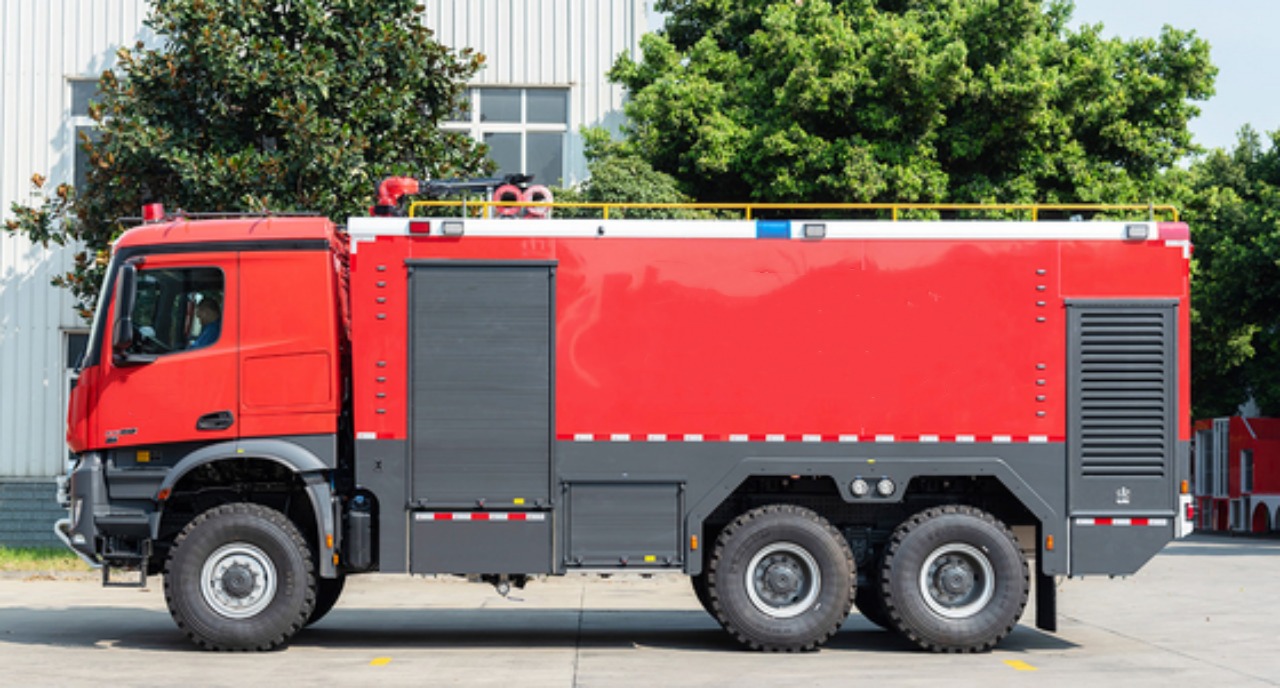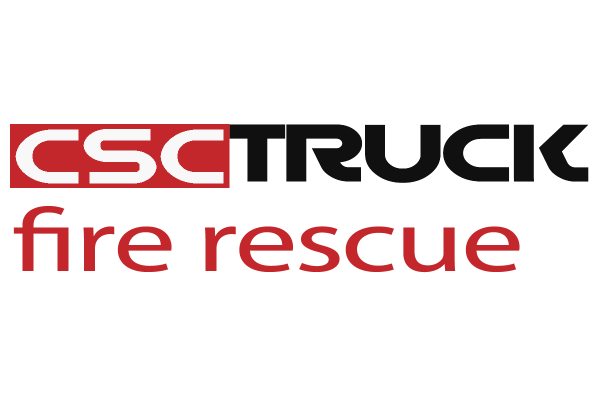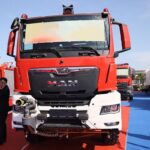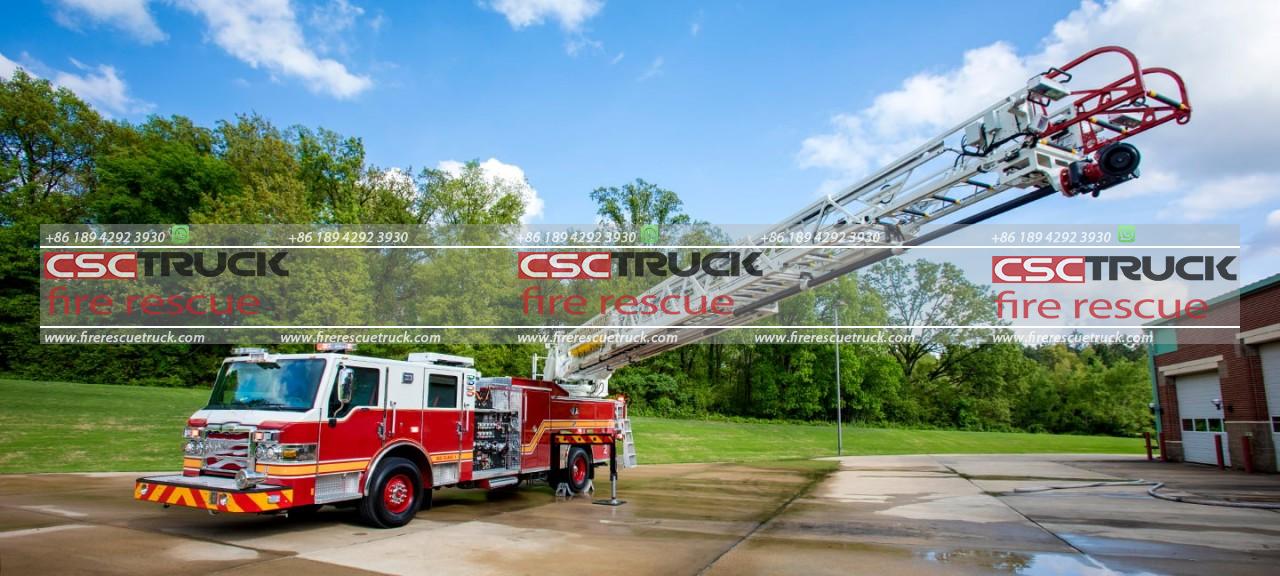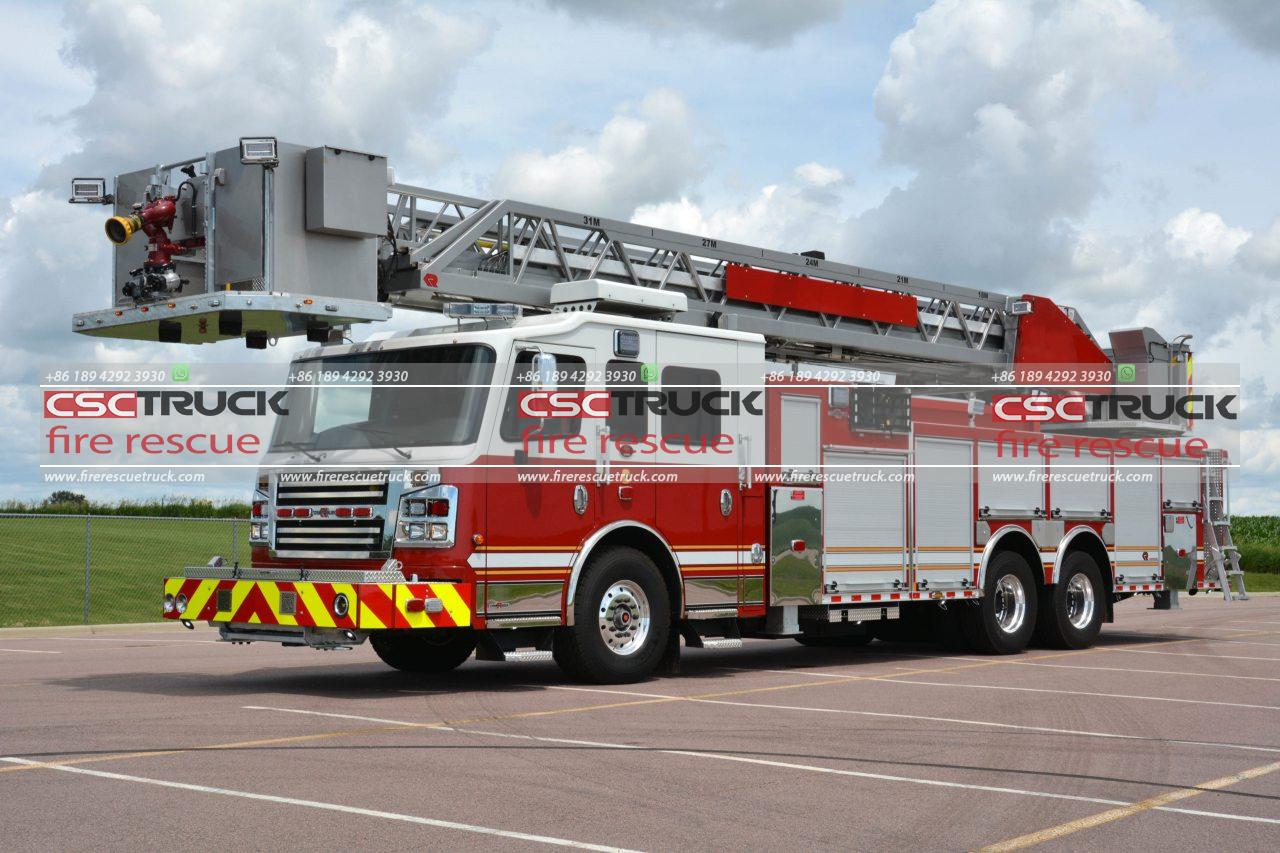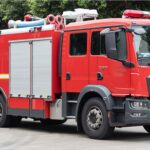Fire apparatus, commonly known as fire trucks or fire engines, are specialized vehicles designed and equipped for firefighting operations. These vehicles play a crucial role in emergency response, ensuring firefighters have the necessary tools, equipment, and water supply to combat fires and perform rescue operations efficiently. Fire apparatus comes in various types, each designed for specific functions, from pumping water to transporting firefighters and specialized rescue operations.
Types of Fire Apparatus
There are multiple types of fire apparatus, each serving a unique purpose. Some of the most common types include:
1. Pumper Trucks (Fire Engines)
Also known as structural fire engines, pumper trucks are the most common type of fire apparatus. These vehicles are equipped with a powerful water pump, hoses, and a water tank, typically carrying between 500 to 1,500 gallons of water. Pumper trucks also have various firefighting tools, including axes, ladders, and breathing apparatus. They are primarily used to deliver water to fire scenes and provide initial attack capabilities.
2. Aerial Ladder Trucks
Aerial ladder trucks are designed to provide elevated access for firefighting and rescue operations. These trucks feature an extendable ladder that can reach heights of up to 100 feet or more, making them ideal for combating fires in multi-story buildings. Some ladder trucks are equipped with a bucket or platform at the end of the ladder, allowing firefighters to operate at heights more safely.
3. Tower Ladders
Similar to aerial ladder trucks, tower ladders feature a telescoping boom with a bucket at the end. The bucket provides a stable working platform for firefighters, allowing them to conduct rescues and apply water streams from an elevated position. These vehicles are often used in high-rise firefighting operations.
4. Rescue Trucks
Rescue trucks are designed for specialized emergency response and are equipped with a variety of tools for vehicle extrication, technical rescues, and hazardous material incidents. These vehicles carry equipment such as hydraulic rescue tools (commonly known as the “Jaws of Life”), rope rescue gear, and medical supplies.
5. Tanker Trucks (Water Tenders)
Tanker trucks are primarily used in areas where fire hydrants are not readily available. These trucks have large water tanks, typically carrying 1,000 to 5,000 gallons of water, to supply firefighting operations in rural or remote locations. Some models have pumps for direct fire suppression, while others serve as mobile water supply units.
6. Brush Trucks (Wildland Fire Engines)
Brush trucks, also known as wildland fire engines, are designed for off-road firefighting. These vehicles are used to combat wildfires, grass fires, and other fires in rugged terrain. They are equipped with smaller water tanks, high-pressure pumps, and specialized hose reels to reach difficult areas.
7. Airport Crash Rescue Trucks (ARFF)
Aircraft Rescue and Firefighting (ARFF) trucks are specialized fire apparatus used at airports. These vehicles are equipped with high-capacity water and foam systems to extinguish aircraft fires rapidly. ARFF trucks feature off-road capabilities and roof-mounted turrets for effective firefighting in large-scale aviation emergencies.
8. Hazardous Materials (HAZMAT) Units
HAZMAT units are specialized fire apparatus designed for handling hazardous materials incidents, including chemical spills, gas leaks, and radiological hazards. These vehicles carry containment equipment, decontamination supplies, and specialized protective gear for firefighters.
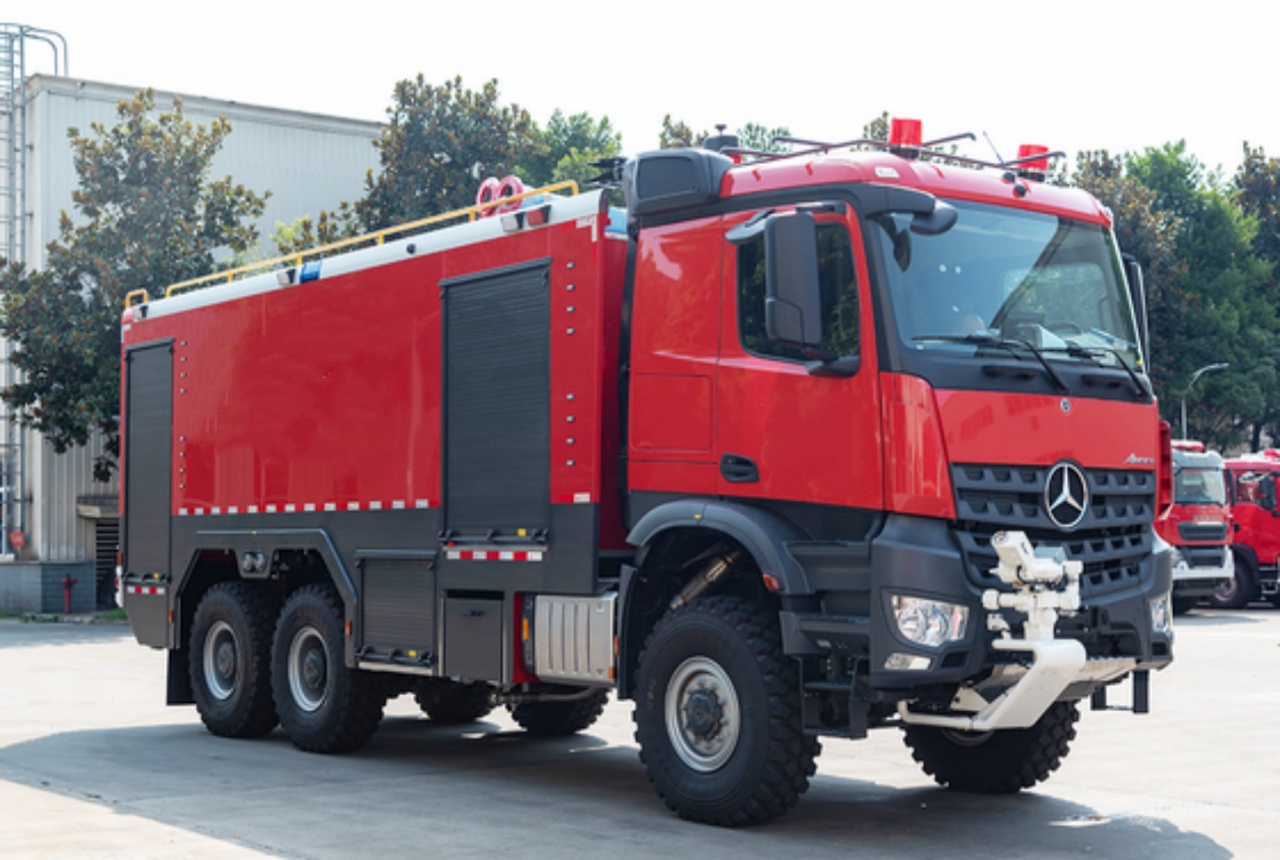
Components and Equipment of Fire Apparatus
Each fire apparatus is built with essential components to ensure optimal performance in emergencies. Some of the key components include:
1. Water Pump
The water pump is the heart of any pumper truck, responsible for delivering high-pressure water to firefighting hoses. Modern fire pumps can operate at pressures exceeding 1,500 gallons per minute (GPM).
2. Water Tank
Most fire engines carry an onboard water tank to provide an immediate water supply. The tank capacity varies based on the vehicle’s design and purpose.
3. Hose and Nozzle Systems
Fire hoses are critical for directing water onto the fire. They come in different sizes, such as attack lines (1.5 inches) and supply lines (up to 5 inches). Nozzles allow firefighters to control water flow and spray patterns effectively.
4. Ladders
Fire apparatuses are equipped with ground ladders of varying lengths to provide access to elevated areas. Some vehicles feature extendable aerial ladders or tower platforms.
5. Breathing Apparatus (SCBA)
Firefighters rely on Self-Contained Breathing Apparatus (SCBA) to breathe safely in smoke-filled or hazardous environments. Fire apparatus carries multiple SCBA units for crew members.
6. Fire Suppression Agents
Besides water, many fire trucks carry additional suppression agents like foam, dry chemicals, and CO2 to combat specific fire types (e.g., fuel and electrical fires).
7. Lighting and Communication Systems
Modern fire apparatuses are equipped with powerful scene lighting for nighttime operations and advanced communication systems for coordination with emergency teams.
How Fire Apparatuses Are Manufactured
Fire apparatuses are custom-built based on the needs of fire departments. Manufacturing involves:
- Chassis Selection: Fire apparatuses are built on heavy-duty commercial or custom chassis.
- Pump and Water System Installation: Pump systems and water tanks are integrated into the design.
- Body Construction: The vehicle body is fabricated from aluminum or stainless steel for durability.
- Equipment Mounting: Compartments and racks are installed for carrying tools and gear.
- Testing and Certification: Before deployment, fire apparatus undergo rigorous performance tests to meet National Fire Protection Association (NFPA) standards.
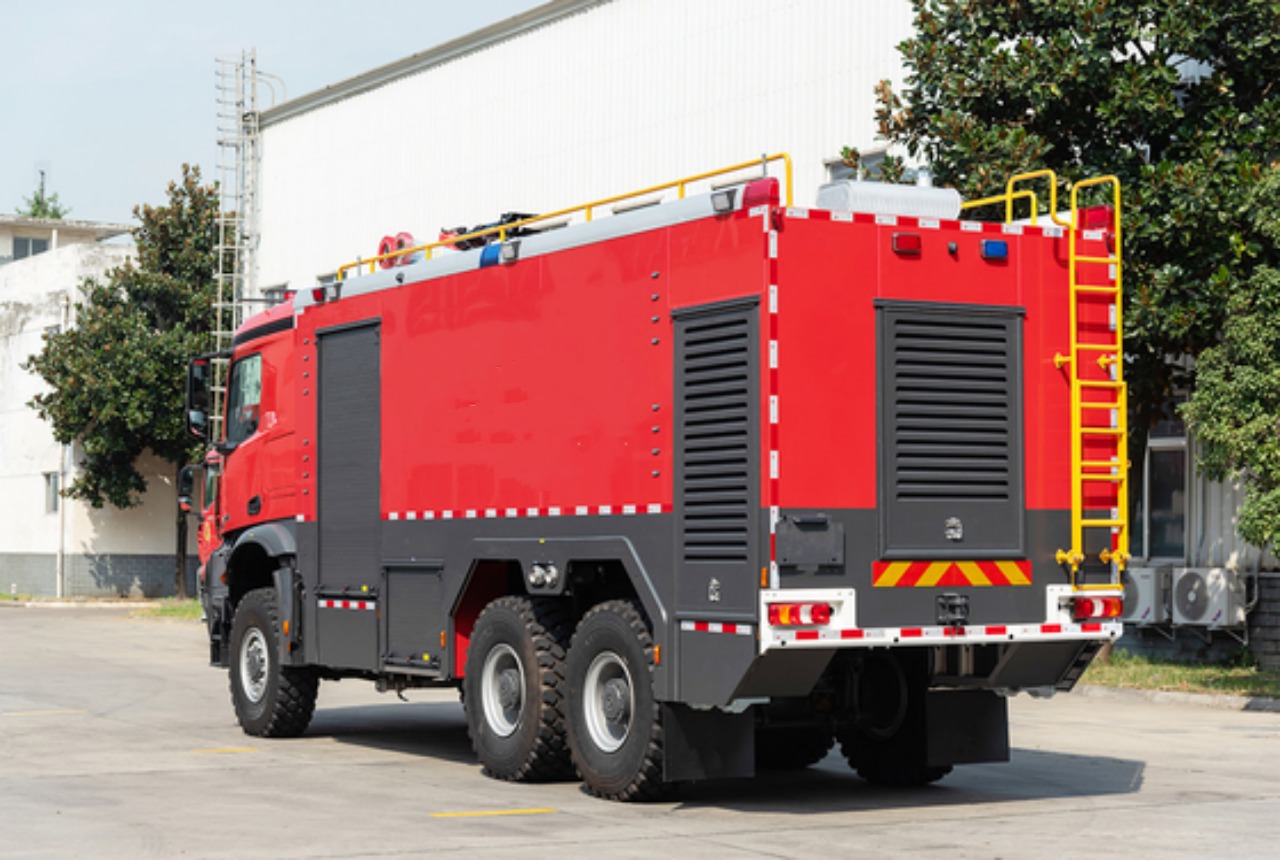
Conclusion
Fire apparatuses are indispensable tools in firefighting and emergency response. From pumper trucks and ladder trucks to specialized HAZMAT units and ARFF vehicles, each type of fire apparatus serves a unique purpose in protecting lives and property. Understanding the various types, components, and manufacturing processes of fire apparatus helps highlight their crucial role in modern fire and rescue services. As technology advances, fire apparatus continues to evolve, enhancing efficiency and safety for firefighters and the communities they serve.
